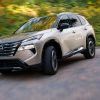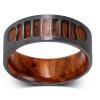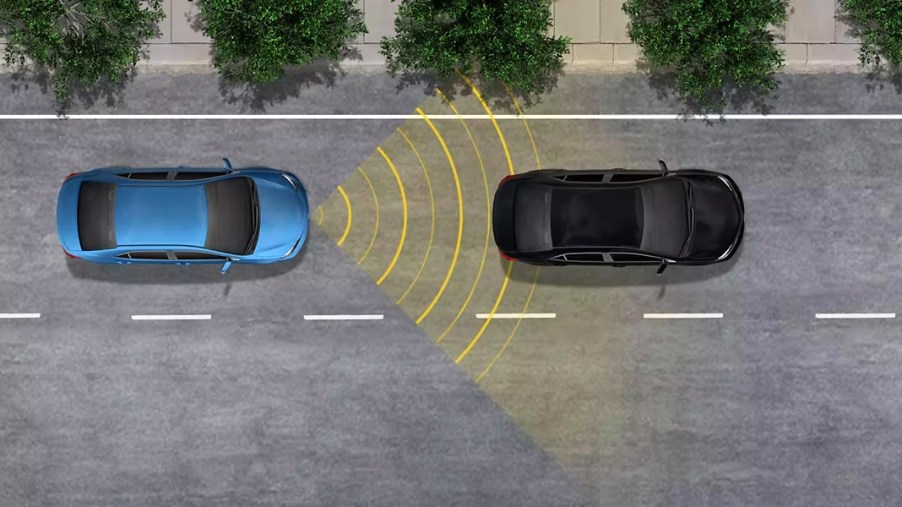
Are Old SUVs Safer Than New Ones?
The phrase “they just don’t make ’em like they used to anymore” is often applied to automobiles. Why? Automakers constantly find new ways to streamline the production process to cut costs and increase profit margins. Does that mean the quality of the average SUV has diminished over time? Are older used SUVs more reliable and safer than brand-new models? The answer may surprise you.
Older SUVs aren’t definitively safer than newer models
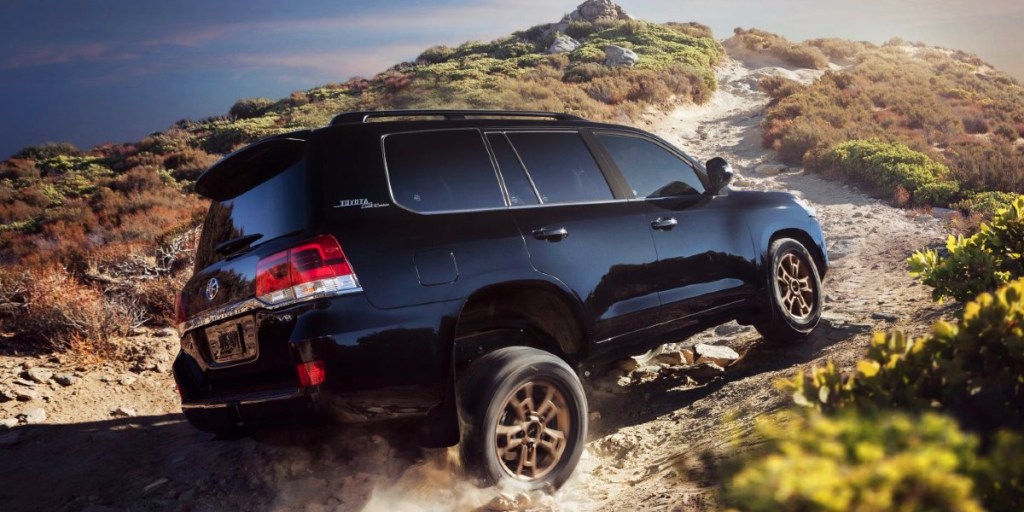
Before establishing whether or not older SUVs are, in fact, safer than newer models, let’s define what safer means in the context of automobiles. Safe automobiles can endure accidents and leave vehicle occupants relatively unscathed. They are designed in ways that reduce impact and bodily harm in the event of a collision. As far as the production process goes, automakers have gotten better at making SUVs safer, not worse. This is proven by the increased reliability ratings of popular SUVs over time.
The next aspect to consider when comparing the safety of older vs. newer SUVs is safety features. Safety features have only improved with time. Several major automotive brands offer standard suites of safety features. While these suites may be specific to their OEMs, most brands offer a wide variety of standard safety features on new SUVs that either reduce the chances of a collision or keep passengers safer from the impact of a collision.
Toyota’s small SUV, the Toyota RAV4, is one of the most popular SUVs ever made. The 2023 Toyota RAV4 comes standard with Toyota’s Star Safety System. This suite of standard safety features includes enhanced vehicle stability control, traction control, an anti-lock brake system, electronic brake force distribution, brake assist, and smart stop technology.
SUV safety features are more advanced than ever before
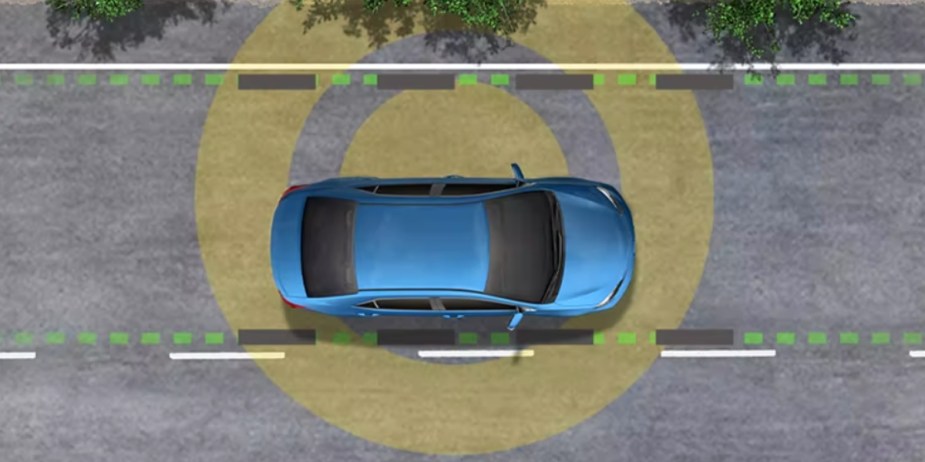
Automakers produce vehicles with the most advanced safety features ever. The 2023 Toyota RAV4 comes standard with Toyota Safety Sense. Safety Sense includes a pre-collision system with pedestrian detection, lane departure alert with steering assist, lane tracing assist, and road sign assist.
Upper-trim level SUVs come with even more standard safety features. So, newer SUVs are safer than older models, at least regarding the features offered. As far as longevity goes, some older models have new SUVs beaten.
The Toyota Land Cruiser is known for being one of the longest-lasting SUVs ever made. It can last for over 250,000 miles, which works out to over 17 years of ownership based on the average annual driving distance in America.
Most new SUVs won’t last nearly as long as a Land Cruiser, but the full-size SUV is an automotive unicorn. New SUV models tend to last between 150,000 and 200,000 miles before needing major mechanical repairs. The average new vehicle ownership period is only about 8.4 years, so most new SUVs don’t have serious longevity issues for consumers.
What are the safest new SUVs?

There are plenty of safe new SUVs to choose from in 2023, but several models earned exceptionally high safety scores from automotive publications. For example, the 2023 Genesis GV70 small luxury SUV is among the safest SUVs money can buy. It’s a leader in its segment because it’s affordable and provides plenty of value for the money.
The 2023 Subaru Crosstrek Hybrid is an IIHS Top Safety Pick+ (its highest safety rank). Mitsubishi’s Outlander small three-row SUV, is also exceptionally safe. It comes with a long list of advanced standard safety features like rear parking sensors and blind-spot monitoring. If you’re looking for the safest SUVs on the market, the IIHS and NHTSA are great resources for safety scores and crash test results.

